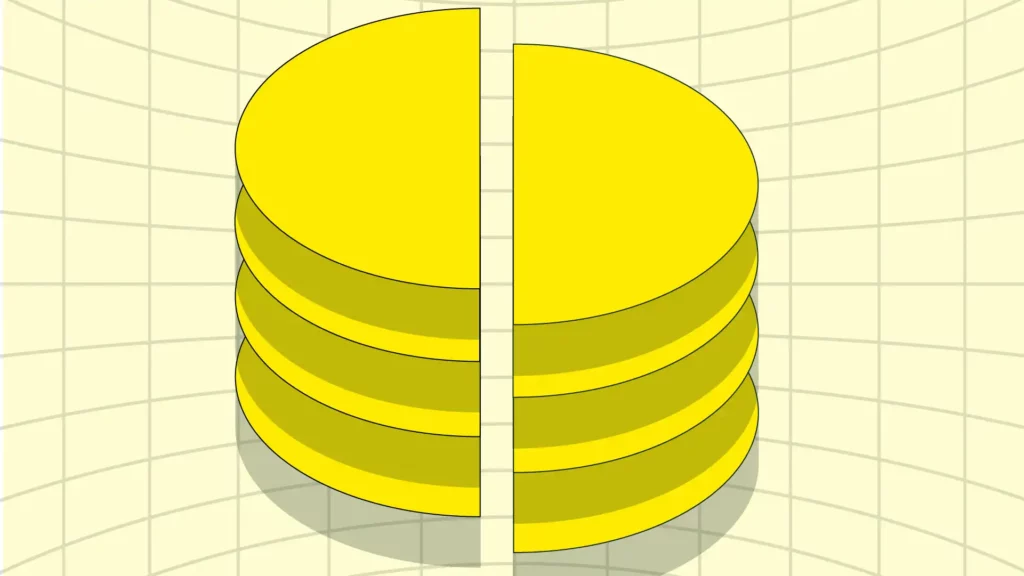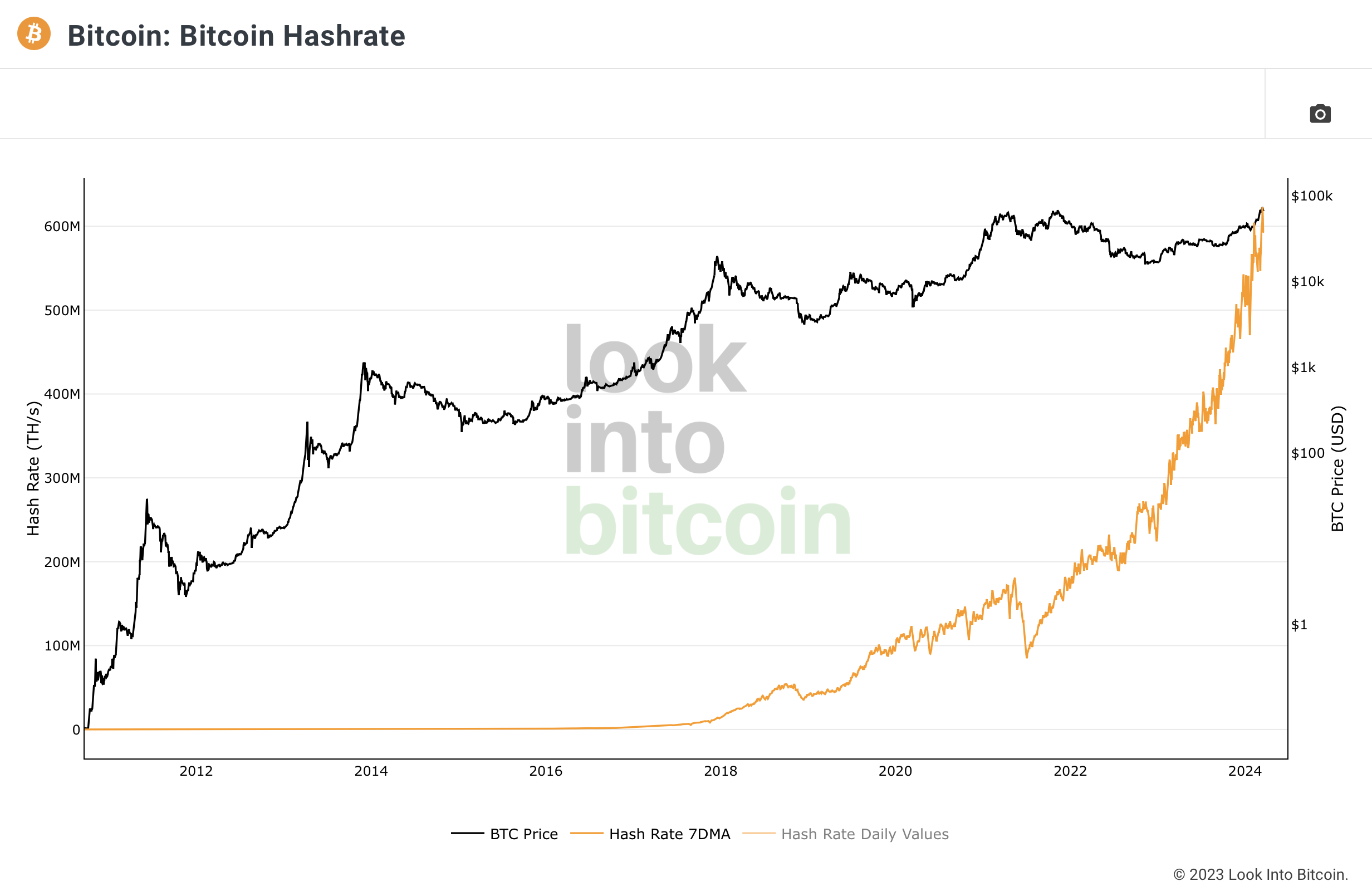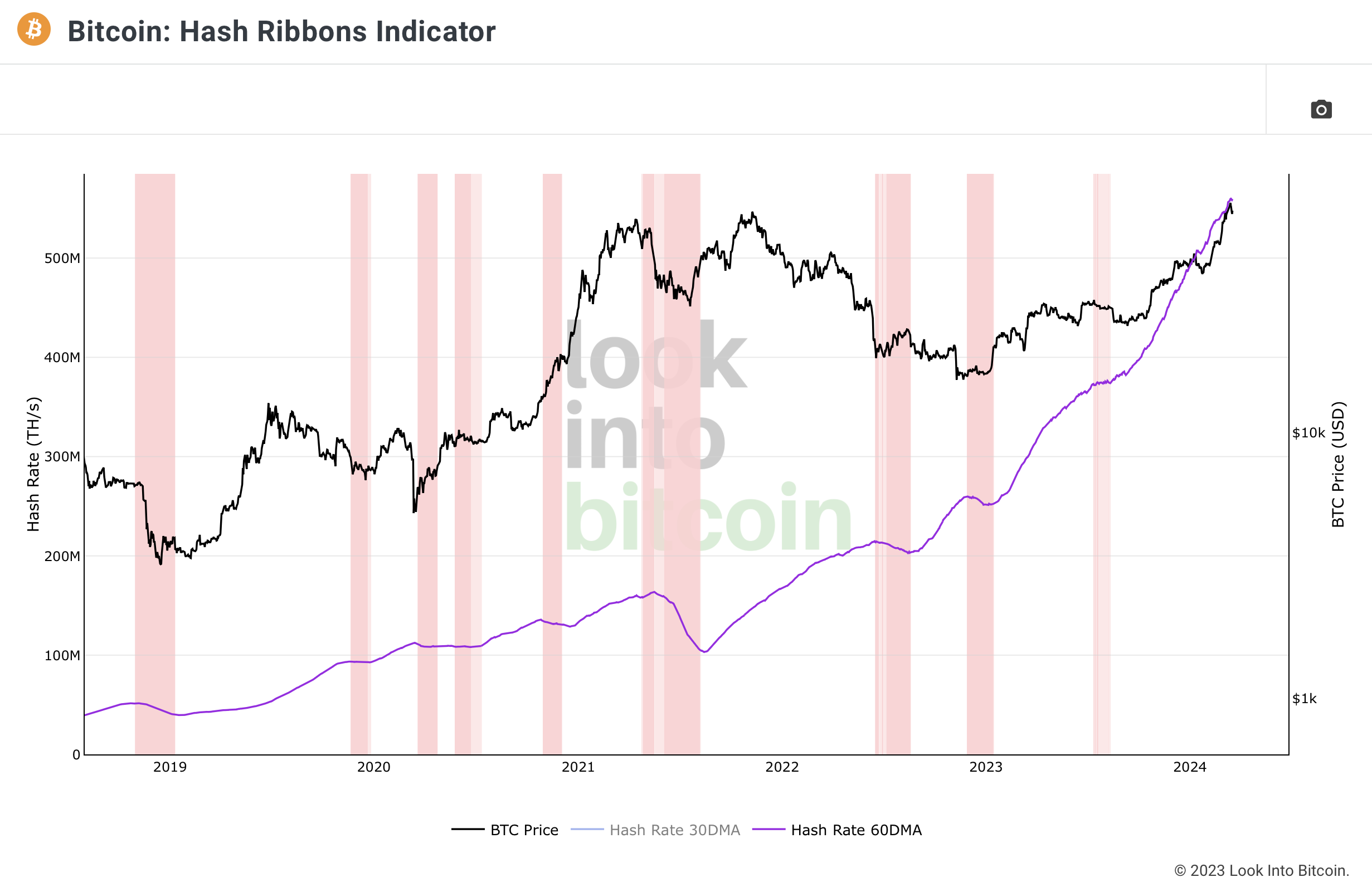How Bitcoin Halving Impacts Mining Profitability And Hash Power Distribution

How Bitcoin Halving Impacts Mining Profitability And Hash Power Distribution
Key Takeaways
- Bitcoin mining rewards halve approximately every four years, challenging profitability and incentivizing more efficient mining practices.
- Halving events decrease miner revenue, affecting overall mining profitability which prompts shifts within the Bitcoin ecosystem as miners capitulate to cover losses.
- The Hash Ribbons Indicator reveals periods of miner stress, corresponding to historical opportune moments for investors to buy Bitcoin at lower prices.
- Marathon Digital Holdings (MARA) takes measures to improve its operational efficiency whenever there is a Bitcoin halving event. This is done to maintain the profitability of its mining activities.
Bitcoin (BTC) was created by the innovator pseudonym Satoshi Nakamoto, as a digital alternative to fiat currency after the global financial crisis of 2007-08. Bitcoin functions within a peer-to-peer network framework, employing a mining protocol to generate new Bitcoins and utilizing complex cryptographic processes to verify transactions and add new blocks.
The Relationship Between The Bitcoin Price And Hashrate
The relationship between Bitcoin’s price and its hashrate is a reflection of the balance between the cryptocurrency’s value and the computational effort required to mine it. Generally, as Bitcoin’s price increases, the hashrate tends to rise as well, because higher prices make mining more profitable, attracting more miners and thus more computational power to the network.

Conversely, if Bitcoin’s price drops, some miners may find it unprofitable to continue operations, leading to a decrease in the hashrate as less computational power is devoted to mining. The interdependent relationship highlights the supply and demand dynamics for Bitcoin’s ecosystem, where price and mining efforts continuously influence each other. The above chart shows as time passes the hashrate is increasing, securing the network in the process.
The Bitcoin Mining Phenomenon
Bitcoin mining involves solving complex cryptographic puzzles to validate and secure transactions in the blockchain. Miners are rewarded with new Bitcoin for every new block they successfully add to the blockchain. A coinbase is the first transaction in every new block on the Bitcoin blockchain, which is the action of awarding newly minted Bitcoin to the miner who has discovered the new block, as a reward for successfully validating and securing the transactions of that specific block.
The process of Bitcoin mining not only maintains the integrity and consistency of the Bitcoin network but regulates the generation of new coins with a hard cap total of 21 million Bitcoin coming into existence by 2140.
Introduction To Bitcoin Mining Profitability
Bitcoin mining is not an easy venture for Bitcoin miners to enter into due to the inherent investment cost to begin mining Bitcoin and the technical know-how required to understand how to mine the cryptocurrency.
The reason why miners get into the space is due to the price volatility of BTC which arguably attracts the global public to get involved in buying Bitcoin or miners to mine Bitcoin.
Impact on Mining Profitability
Immediate Effects On Miners
Immediately following a halving, miners receive 50% less BTC for verifying transactions and adding them to the blockchain. This reduction in rewards directly affects mining profitability, especially for those miners with high operational costs.
Long-Term Adjustments
Over time, the impact of halving on mining profitability can lead to several outcomes. Miners with inefficient operations may be forced out, while those who remain often seek ways to reduce costs and improve efficiency. Additionally, if the price of Bitcoin increases post-halving, the reduced reward can still be financially viable.
How Bitcoin’s Price Influences Mining Operations And Sustainability
The Bitcoin price does more than just spark speculative interest. The BTC price volatility directly impacts the mining ecosystem.
Higher prices often justify the significant energy expenditures involved in mining, encouraging more participants to join the network or existing miners to expand operations to become more energy efficient.
However, when BTC prices fall, the thin margins on which miners operate can quickly turn profits into losses, forcing less efficient or knowledgable miners out of the market and shuffling the mining landscape in the process. Moreover, the price of Bitcoin and the halving protocol, influences miner behavior in several ways.
The Role of Bitcoin Halving In A Mining Strategy
An aspect to consider is the examination of Bitcoin halving events, which reduce the block reward and inherently affect miners’ profitability. These halvings prompt miners to adjust their strategies, balancing between the diminishing returns from block rewards and the potential income from transaction fees.
Bitcoin Hash Ribbons Indicator And Bitcoin Difficulty Adjustment
The Hash Ribbons Indicator is a tool on LookIntoBitcoin used to understand the economic stress of Bitcoin miners. The indicator is tracking the network’s hash rate or the total computational power being used to mine and process transactions on the Bitcoin blockchain.
The Hash Ribbon Indicator operates on the principle that significant downturns in the price of Bitcoin may lead to “miner capitulation,” a scenario where the reduced profitability forces some miners to halt operations, causing a fall in hash rate.

When the hash rate declines, which means less energy is being pledged to the Bitcoin blockchain, the miners are shutting down equipment as they can no longer operate profitably. When this event occurs, it has in the past proven to be a strong ‘buy’ signal. Illustrated in the above chart the Hash Ribbons concept, argues that miner capitulation often coincides with a market bottom for Bitcoin prices.
When Bitcoin mining profitability falls, typically due to a decrease in the price of Bitcoin or an increase in operational costs, the built-in mining difficulty adjustment mechanism is activated. The Bitcoin protocol will make a difficulty adjustment in mining difficulty approximately every two weeks, based on the time it took to mine the previous 2016 blocks, aiming to maintain a consistent block time of about 10 minutes.
This means, if mining becomes less profitable and miners have turned off machines leading to slower block times, the difficulty will decrease, making it easier for new mining entrants to join the network and potentially more profitable for remaining miners to find new blocks. As a result, the shuffle in the mining industry onboards new miners and allows past and profitable miners to innovate to become more profitable, whilst securing the network in the process.
How Does A BTC Halving Affect Miner Revenue?
Miners can sustain profitability over the long term despite reduced earnings from Bitcoin halving events, by optimizing mining operations for greater efficiency. This is done by investing in energy-efficient mining hardware, participating in mining pools, and capitalizing on lower electricity costs to allow miners to mitigate earnings variability.
These strategies will help maintain miner profit margins in the face of decreasing rewards. Additionally, as the number of Bitcoin they receive as rewards decreases, the remaining Bitcoin in circulation also becomes more rare, potentially increasing in value, which can offset the reduced block reward.

The chart above illustrates total miner revenue over time, which is a combination of the transaction fees earned from validating blocks and the block rewards they receive in the form of newly minted Bitcoin.
It also shows Bitcoin’s price alongside miner revenue, with vertical dotted lines indicating the halving dates when the block rewards were cut in half. The chart provides a historical overview of how the miner revenue has changed in relation to both the price of Bitcoin and halving events.
Early in Bitcoin price discovery, the price of Bitcoin was trading between zero and one thousand dollars a coin and the rewards to miners were the highest. As time has passed, the value of a Bitcoin is increasing and the reward to miners is decreasing inversely. This implies that miners need to remain competitive and understand that already 94% of all available Bitcoin has been mined which implies miner holdings are already scarce.
Marathon Digital Holdings (MARA) Case study
Marathon is a digital asset technology company that focuses on supporting and securing the Bitcoin ecosystem. The Company is currently in the process of becoming one of the largest and most sustainably powered Bitcoin mining operations in North America. MARA leverages the Bitcoin price increases in valuation by holding 16,930 Bitcoin in its treasury.
Marathon’s large Bitcoin holdings coupled with its expansion into acquiring more mining capacity highlights its commitment to lowering Bitcoin production costs and optimizing energy usage.
When Bitcoin miners acquire additional capacity they are aiming to leverage economies of scale, whereby increased production can lower the average cost per Bitcoin mined. As MARA invest in new facilities they are likely going to be equipped with the latest, most energy-efficient mining technology, allowing Marathon an opportunity to significantly optimize energy consumption and improve its operational efficiency, contributing to its competitive edge in the cryptocurrency mining industry.

In February 2024, Marathon chose to liquidate 290 Bitcoin. Moving forward, as per MARA press releases, the company plans to periodically sell parts of its Bitcoin reserves to fund day-to-day operations, manage its financial reserves, and fulfill other corporate needs.
Conclusion
As Bitcoin mining progresses, mining entities will begin to create innovative methods for capitalizing on the substantial heat wastage generated during the mining process. These miners will explore various ways to repurpose this byproduct, specifically, the generated heat, to open new revenue avenues and increase operational efficiency.
By redirecting the excess heat from mining rigs, miners could offer heating solutions for homes and commercial spaces, promoting a more sustainable energy framework. Furthermore, this repurposed heat has potential applications in agriculture, such as warming greenhouses. This means that cryptocurrency mining may integrate itself into an environmental stewardship.
As the mining sector continues to evolve, such strategies could transform miners’ roles from mere protectors of the Bitcoin blockchain to key players in a circular economy earning in the process revenues outside of newly minted Bitcoin and transaction fees. This shift not only mitigates the financial impacts of halving events by creating a consistent income stream but also turns a previously costly byproduct into a source of income and innovation and at the same time, secures the Bitcoin blockchain even more by ensuring miners remain operational and committed, thereby maintaining the network’s integrity and resilience.
FAQs
Bitcoin halving reduces block rewards, potentially lowering miner revenue and prompting shifts towards more efficient mining practices. The Hash Ribbons Indicator assesses miner economic stress by tracking Bitcoin network’s hash rate and signaling buying opportunities. Miners invest in energy-efficient technologies and strategies, like joining mining pools or prioritize transactions with high fees, to maintain profitability despite reduced block rewards.How does Bitcoin halving affect mining?
What is the Hash Ribbons Indicator?
How do miners stay profitable post-halving?